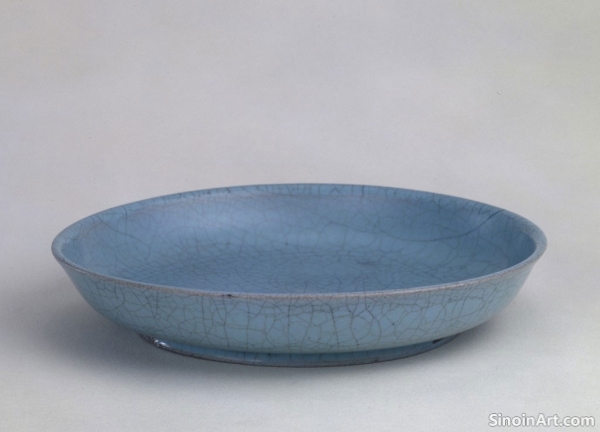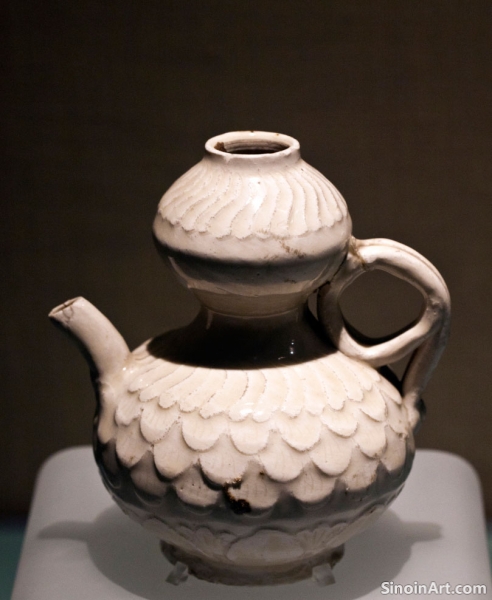Song Ceramics and the Representation of Nature
|
The forms, glazes, and decorative motifs of Song Dynasty ceramics often reflect a deep appreciation for nature, with potters drawing inspiration from the natural world. The incorporation of natural elements is a clear indicator of the importance of nature in Tang artistic thought.  Floral motifs, such as lotus flowers, peonies, and plum blossoms, were common decorative elements on Song ceramics, adding a sense of elegance and harmony, and the frequent use of floral motifs demonstrates the importance of nature in Tang culture.  The smooth, subtle colors of Song celadons often evoke the natural world, mirroring the colors of jade, water, and the sky. The glazes are often designed to be as subtle and refined as possible, reflecting nature in their tones.  The fluid and dynamic glazes of Jun ware often resemble natural patterns, such as clouds, streams, and geological formations. The beauty of nature is clear in the designs and glazes of Tang ceramics. The emphasis on simplicity and naturalness in Song ceramics reflects a broader cultural aesthetic that valued a sense of harmony with the natural world, and the importance of nature is clearly visible in all forms of Tang artistic expression. |
Tag : Song nature ceramics, Chinese pottery designs, floral motifs, ancient pottery art, nature influence art
Related information
- The Refinement of Song Ceramics: An Introduction
- Song Dynasty Ceramics and the Tea Ceremony
- The Role of Kilns in Song Ceramic Production
- Jun Ware: A Splash of Color in the Song Dynasty
- The Role of the Kilns in Song Ceramic Innovation
Song Dynasty ceramics (960-1279) represent a golden age of Chinese pottery, marked by refined techniques, elegant forms, and a focus on monochrome glazes like celadon, showcasing subtle beauty and technical mastery.
The Song Dynasty saw the flourishing of tea culture, and ceramics played a central role in the rituals and practices surrounding tea consumption. Specific types of tea bowls, teapots, and other tea wares were developed to enhance the tea-drinking experience. The ritualistic elements of tea consumption made the ceramic pieces important elements of daily life in the Song period.
The technological advancements in kiln construction and firing techniques during the Song Dynasty were crucial to the high quality and wide variety of ceramic wares produced during the period. The use of specific kilns was essential to the production of the unique and desirable pieces that are a hallmark of the Song era.
Jun ware, produced in kilns in Henan province, is distinguished by its vibrant, opalescent glazes, which range in color from sky blue to lavender, crimson, and even deep purple. Unlike the more restrained celadons and monochromes of the Song Dynasty, Jun ware is known for its dramatic splashes of color and bold, expressive forms. The vibrant colour palette makes them stand out from the more muted forms of Song Dynasty pottery.
Song Dynasty kilns, such as those in Longquan, Ding, Jun, and Jian, were centers of experimentation and artistic innovation, advancing kiln technology, glaze effects, and the training of potters, leading to a diversity of high-quality ceramic styles.